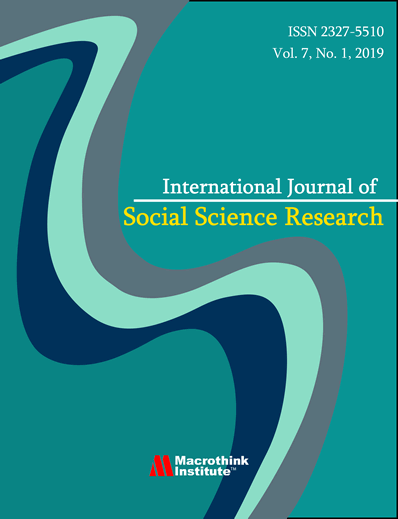Health Systems Determinants of Occurrence of Postpartum Hemorrhage Among Women of Reproductive Age 15-49 Years - Kenya
DOI:
https://doi.org/10.5296/ijssr.v9i2.18464Abstract
Postpartum hemorrhage constitutes 73% of all the obstetric hemorrhage globally. Thirty-four percent of maternal deaths occurring in Kenya are due to postpartum hemorrhage. In Homa Bay County, postpartum hemorrhage is the leading cause of maternal mortality contributing 38% of all maternal deaths despite several strategies by the ministry of health to reduce occurrence. Previous studies attribute this to poor provision and utilization of essential health services. The possible contextual contribution of health systems determinants of occurrence of postpartum hemorrhage has not been explored in the County. The objective of this study was to establish the health systems determinants of occurrence of postpartum hemorrhage among women of reproductive age 15-49 years in Homa Bay County. The specific objectives were: to identify the quality of health service delivery determinants, and: to describe the human resource for health determinants. This was a cross-sectional study design in which qualitative and quantitative methods were used. The quality health service delivery determinants found statistically significant was level of attention with Pearson chi-square = 5.2872 (P-value = 0.021), while the human resource for health determinants were: change of work stations with Pearson chi-square 6.929 (P-value = 0.008), and increased number of health workers with Pearson chi2(1) = 4.1205 (P-value = 0.042) and skills. The findings have significant importance in constructing and reviewing programs for women of reproductive age focusing on quality service delivery on level of attention, human resource for health change of station, increased number, and skills.

